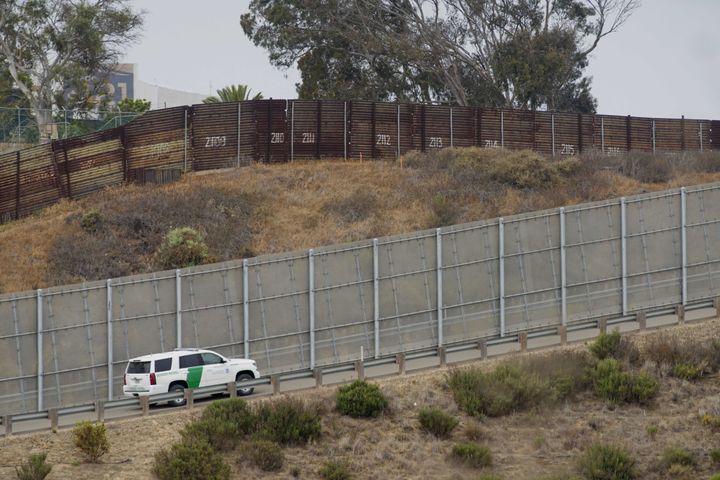
In the last two months, the Trump administration has mobilized the National Guard to all four Southern border states, implemented a “zero tolerance” policy mandating prosecutions for unauthorized crossings and begun systematically separating mothers from their children when they are caught crossing illegally.
None of that has stopped the migrants from coming.
The number of illegal crossings increased slightly in May, to nearly 52,000, according to figures released Wednesday by the Customs and Border Protection agency. That total includes 11,568 people who came through legal ports of entry, some of whom were asking for asylum or other humanitarian protections under U.S. law.
Tyler Houlton, press secretary for the Department of Homeland Security, painted a bleak picture about the situation at the border in an accompanying statement.
“These numbers show that while the Trump administration is restoring the rule of law, it will take a sustained effort and continuous commitment of resources over many months to disrupt cartels, smugglers, and nefarious actors,” Houlton wrote. He highlighted that border arrests had jumped 160 percent over May of last year.
The truth is those numbers remain low by historical standards. Border Patrol arrests stand at roughly 252,000 so far for the fiscal year, which began in October. That would put them on track to exceed last year’s exceptionally low number of 304,000 arrests, but the predicted yearly total would still represent only a quarter of the 1.6 million arrests recorded in 2000. And an increase in illegal crossings during the spring months is typical ― the weather is warmer.
For the last few years, border arrests have hovered at their lowest levels since the early 1970s. Since 2014, people seeking humanitarian protections ― particularly from the violence-plagued Central American countries of El Salvador, Guatemala and Honduras ― have made up a large percentage of all unauthorized crossings.
Nonetheless, the numbers are sure to infuriate President Donald Trump, who has made cracking down on immigration a signature issue. Most of the measures his administration implemented over the last two months aimed to deter asylum seekers, whom the White House accuses of exploiting legal “loopholes” in order to gain lawful entry to the country or avoid getting locked up indefinitely in immigrant detention.
In April, Trump mobilized the National Guard to the border in a show of force, despite the fact that those troops are barred from making immigration arrests. His decision appeared to be driven in part by news about hundreds of Central American asylum seekers traveling in a caravan through Mexico and aiming to seek entry in San Diego.
Days later, Attorney General Jeff Sessions announced that border authorities would begin referring all people caught crossing illegally for criminal prosecution before putting them in deportation proceedings. While immigration is overall a matter of civil law, crossing illegally into the United States is a criminal offense, punishable by up to six months in jail. In practice, judges typically sentence offenders to only a few days in jail or to time served.
In May, Sessions announced that the “zero tolerance” policy for immigration prosecutions would apply even to mothers who travel with their children, thereby implementing the family separation policy.
That policy, in particular, has infuriated immigrant rights groups and child care advocates, who say it is traumatizing children, many of whom crossed with parents intending to lodge asylum or other humanitarian claims that they have a right to seek under U.S. law.
For the most part, immigration authorities can’t lock up children in detention centers indefinitely. With the exception of Mexican and Canadian nationals, who can be quickly repatriated, unaccompanied children and those split from their parents by border officials are referred to the Office of Refugee Resettlement, which looks for a sponsor or non-secured facility to house them.
But the agency is currently backlogged, with 11,200 children in its care, according to NBC News. Officials are considering whether to house undocumented children temporarily on military bases.